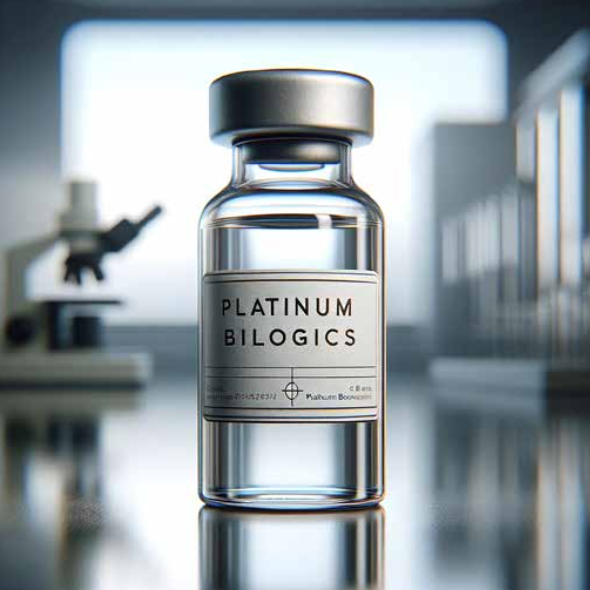CELLULAR HEALING, ELEVATED
Live Beautifully
Regenerative therapies, stem cells, and the Florida bill changing the game in medicine

I’ve always been a track and field girl at heart. There’s just something about hitting the pavement—the rhythm, the breath, the quiet fire of it all—that is comforting to me. But as expected, running on hard surfaces caught up with me. Well, more specifically, my right knee. I started to research medical options. The more common paths for an injured meniscus were not right for me. I’ve always been drawn to innovation in wellness—to what’s next, not just what’s traditional. That’s when I leaned into regenerative medicine and how I met Dr. Neel Amin.
Dr. Amin is the founder of The Advanced Relief Institute in South Florida, a network of pain management and regenerative medicine clinics. He’s not just brilliant—he’s deeply collaborative and curious. Through our conversations, I learned about regenerative therapies—treatments designed not to mask symptoms, but to support healing—and Platinum Biologics, a leader in the field based in Orlando.
“I’ve been working with regenerative biologics for over seven years, and I can confidently say we’re in a really exciting time,” says Dr. Amin, whose office has grown to 11 providers operating five locations (Plantation, Fort Lauderdale, Cypress Creek, Aventura, Boca Raton, and West Palm Beach). “These aren’t your average treatments. We’re talking about cutting-edge cellular therapies that help the body do what it’s meant to do: repair and restore itself.”
As of July 2025, Florida is officially supporting this work in a big way. Governor Ron DeSantis is signing a bill that passed through both the House and Senate, allowing physicians to use regenerative products like Wharton’s Jelly, exosomes, and stem cells without the legal gray areas that have made people hesitant in the past.
“These products aren’t FDA-approved yet—they’re still being studied—but we can now offer them to patients confidently and ethically,” says Dr. Amin. “In my practice, we partner with Platinum Biologics, a company I deeply respect for their commitment to integrity, science, and safety. Their products are ethically sourced and rigorously tested—exactly the kind of quality we look for in regenerative care.”
Platinum Biologics offers products derived from ethically donated umbilical cord tissue—including Wharton’s Jelly, exosomes, and mesenchymal stem cells, designed to support the body’s natural repair processes at the cellular level. These innovative treatments provide an alternative to unnecessary surgeries and opioid use, addressing a wide range of conditions such as arthritis, rotator cuff injuries, ligament tears, and spinal issues, as well as aesthetic concerns and overall wellness. “Our goal is simple,” Dr. Amin said. “Avoid unnecessary opiates. Avoid unnecessary surgeries. Keep people moving, and feeling good, without taking away their quality of life.” If surgery does eventually become necessary for a patient, the area treated with regenerative biologics recovers faster, sometimes by months, according to Dr. Amin. And all of that is only the beginning.
“We’re also doing wellness-focused treatments—think time-released injections that help your body repair from the inside out,” adds Dr. Amin. “Exosomes are especially interesting because they’re so tiny, they can cross the blood-brain barrier. There’s ongoing research about their role in memory support and neurodegenerative conditions, and what we’re seeing is promising.”
So when it was time for me to decide how to deal with my knee, I, of course, opted for the next generation of medicine. My procedure was quick and surprisingly gentle. The biologic was thawed and injected near the injured area—no anesthesia, no downtime. What amazed me most is how these cells know exactly where to go. They respond to inflammation and signaling from the body, and they do their work quietly and powerfully from the inside out.
Regenerative medicine may still sound futuristic, but my knee and I are living proof that it works. And while I won’t be running marathons tomorrow, I’m running again without pain—and without surgery, steroids, or any of the usual suspects. If you ask me, that’s worth every step.

